Indoor air quality matters more than you think, and the right plants can make a big difference. These 20 air-purifying plants not only add beauty to your space but also help remove toxins, boost humidity, and keep your home feeling fresh and healthy.
Spider Plant
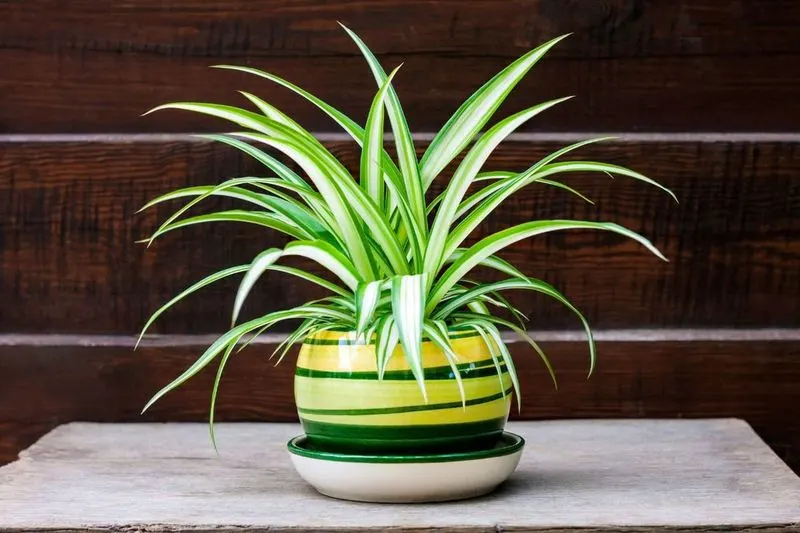
Known for its resilience, this plant effectively removes pollutants like formaldehyde. It thrives in indirect sunlight and requires minimal care. Perfect for those who are new to houseplants, it’s also safe for pets. The spider plant’s charming foliage adds a touch of nature without overwhelming your decor. Its ability to propagate easily makes it a delightful addition to any home. Place it in a hanging basket for a dynamic display. Regular watering and occasional pruning will keep it looking its best. With its air-purifying qualities, it’s an ideal choice for bedrooms or living areas.
Peace Lily
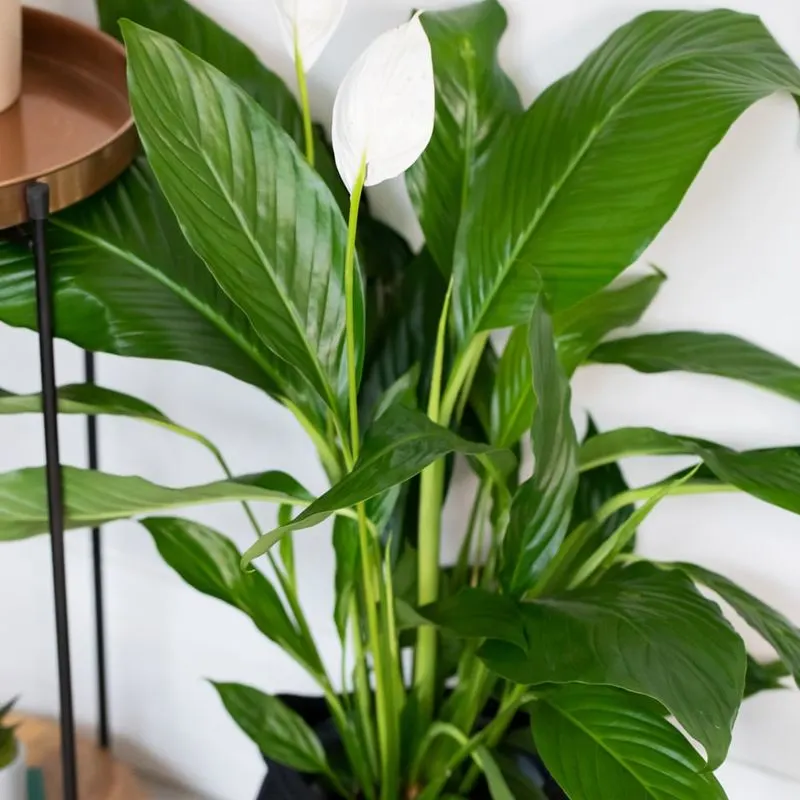
Famous for its striking white blooms, this plant excels at filtering ammonia, benzene, and formaldehyde. It prefers low-light conditions, making it perfect for shaded corners. Its soil should remain moist but not soggy. Peace lilies are also known for their ability to improve humidity levels. Their elegant appearance complements any interior style. Be cautious if you have pets, as it can be toxic if ingested. Regularly wipe the leaves to maintain its glossy look. This plant is a wonderful option for offices, providing both beauty and functionality in compact spaces.
Snake Plant

Renowned for its hardy nature, this plant efficiently removes toxins like trichloroethylene and benzene. It thrives in various light conditions, from low to bright indirect. Watering is infrequent, making it perfect for busy individuals. Its architectural form adds a modern touch to interiors. Snake plants convert CO2 to oxygen at night, enhancing air quality while you sleep. They are pet-friendly, adding to their appeal. Position them in bedrooms or living areas for a stylish and healthy environment. Occasional dusting of leaves will keep it flourishing. It’s a sleek addition to any decor.
Aloe Vera
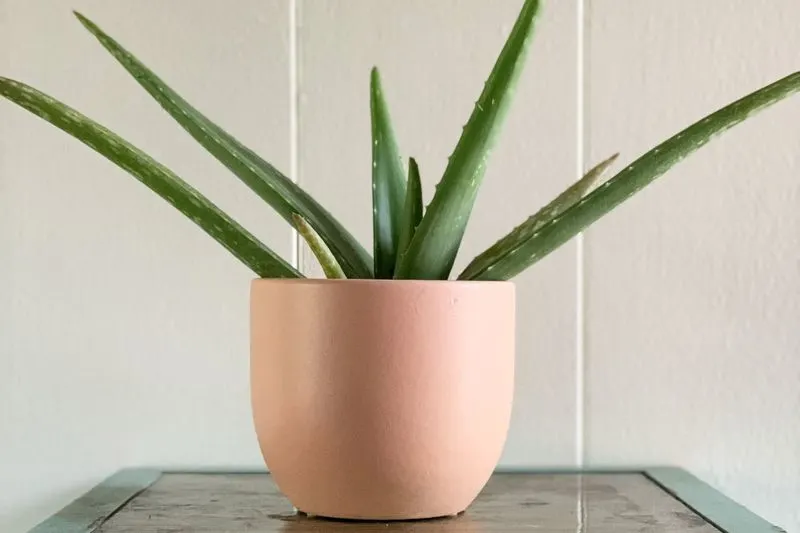
Celebrated for its healing properties, this succulent also purifies the air by removing formaldehyde and benzene. It prefers bright, indirect sunlight and minimal watering. Aloe vera’s gel is often used for skin treatments, adding an extra layer of utility. Its compact size makes it suitable for window sills or desks. The plant requires little maintenance, thriving even under neglect. Just ensure it has proper drainage to prevent root rot. Its spiky appearance adds a unique texture to any room. Aloe vera is a practical choice for those who appreciate multifunctional plants.
Boston Fern
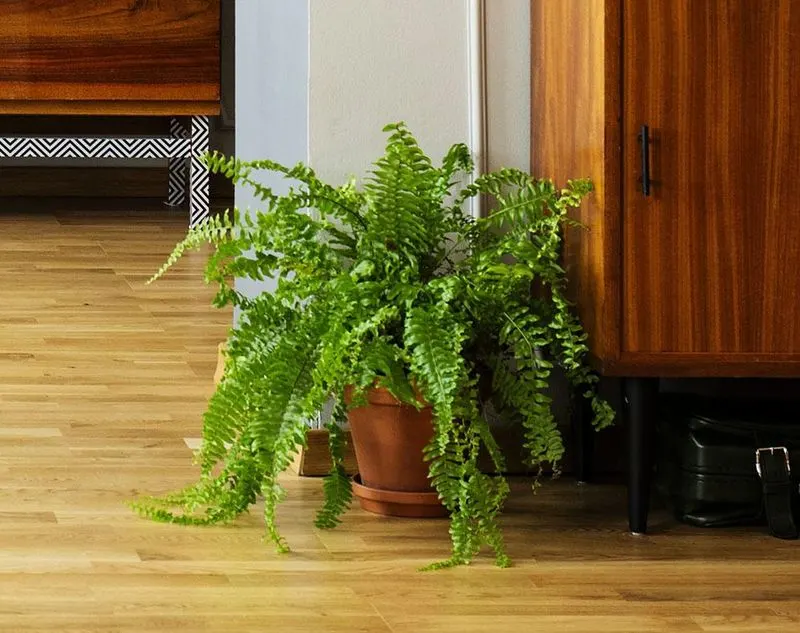
Known for its feathery fronds, this plant excels in humidifying and purifying the air. It removes formaldehyde and other toxins, making it a valuable addition to your home. Boston ferns prefer indirect light and consistently moist soil. They thrive in bathrooms or kitchens where humidity is higher. Their cascading foliage adds elegance and softness to interior designs. Regular misting and occasional pruning keep them healthy. While they require a bit more attention, their air-cleansing capabilities are worth the effort. Place them in hanging baskets to maximize their decorative potential.
Rubber Plant
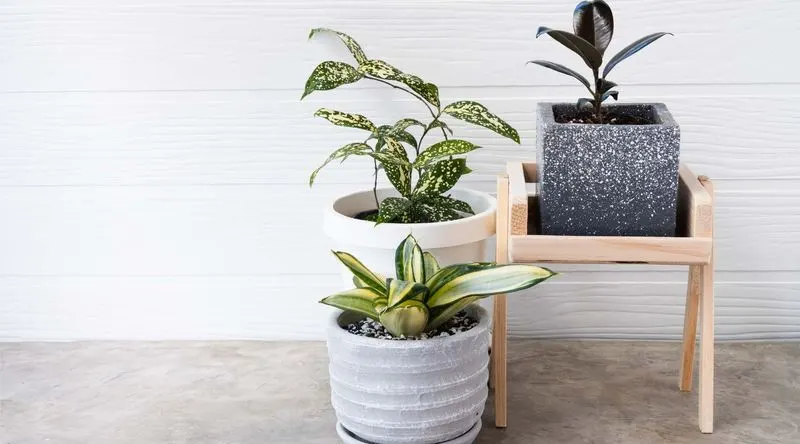
With its broad, glossy leaves, this plant is a powerhouse in removing toxins like carbon monoxide. It thrives in bright, indirect light and needs moderate watering. Rubber plants are resilient and can grow quite tall, making them a striking focal point in living areas. Regular cleaning of its leaves enhances its ability to purify air. While it’s not pet-friendly, its stunning appearance and air-cleaning properties make it a popular choice. It’s suitable for those who want a statement plant that also contributes to a healthier indoor environment. Prune it to maintain size.
English Ivy
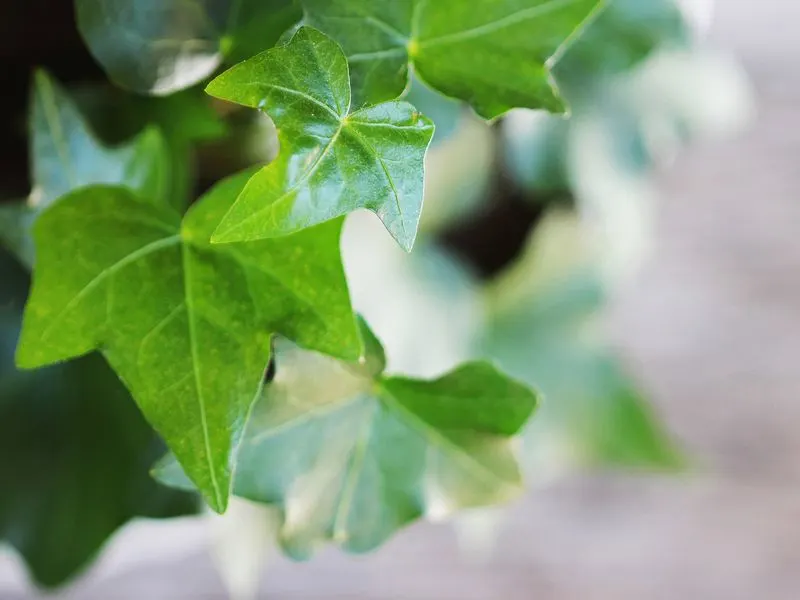
This versatile vine is celebrated for its ability to filter airborne mold. It thrives in bright, indirect light and requires regular watering. English ivy’s cascading leaves add a natural charm, perfect for bookshelves or hanging planters. It’s also known to improve air quality, making it ideal for kitchens or bathrooms. While it requires consistent care, the benefits it offers are substantial. Its ability to adapt to various conditions makes it a favorite among plant enthusiasts. Be cautious with pets, as it can be toxic if ingested. Prune it to encourage bushier growth.
Lady Palm

This elegant plant is effective at removing indoor air pollutants such as ammonia. It thrives in bright, indirect light and prefers consistent moisture without being waterlogged. Lady palms are known for their fan-shaped leaves, which add a tropical feel to any space. They grow well in large pots, making them suitable for offices or entryways. Regular trimming keeps them looking their best. While they demand attention in terms of watering, their air-purifying capabilities are impressive. These palms are non-toxic, ensuring safety for pets and children alike.
Gerbera Daisy
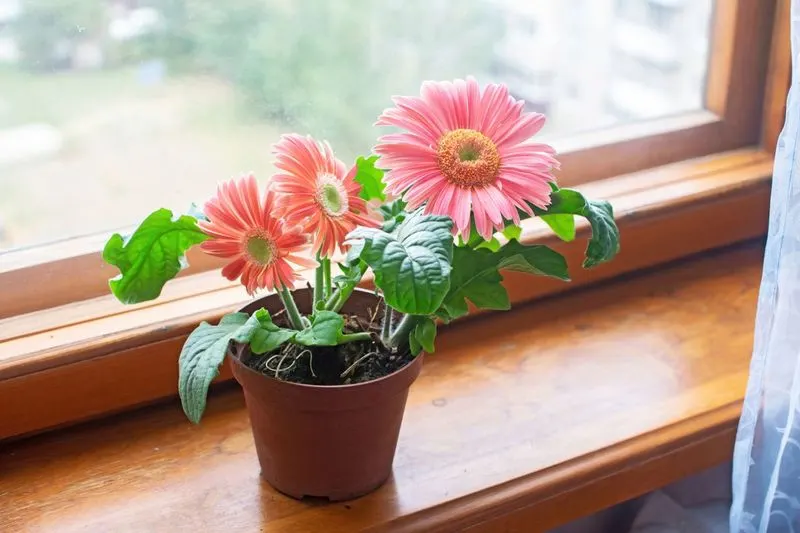
Renowned for its bright and cheerful blooms, this plant also cleanses the air by removing benzene and trichloroethylene. It requires a good amount of sunlight and well-drained soil. Gerbera daisies are perfect for adding a splash of color to any room. While they demand more care compared to other houseplants, their aesthetic value is undeniable. Regular watering and deadheading of blooms encourage more flowers. These daisies are non-toxic, making them a safe option for households with pets. They thrive outdoors too, providing versatility in decoration.
Bamboo Palm
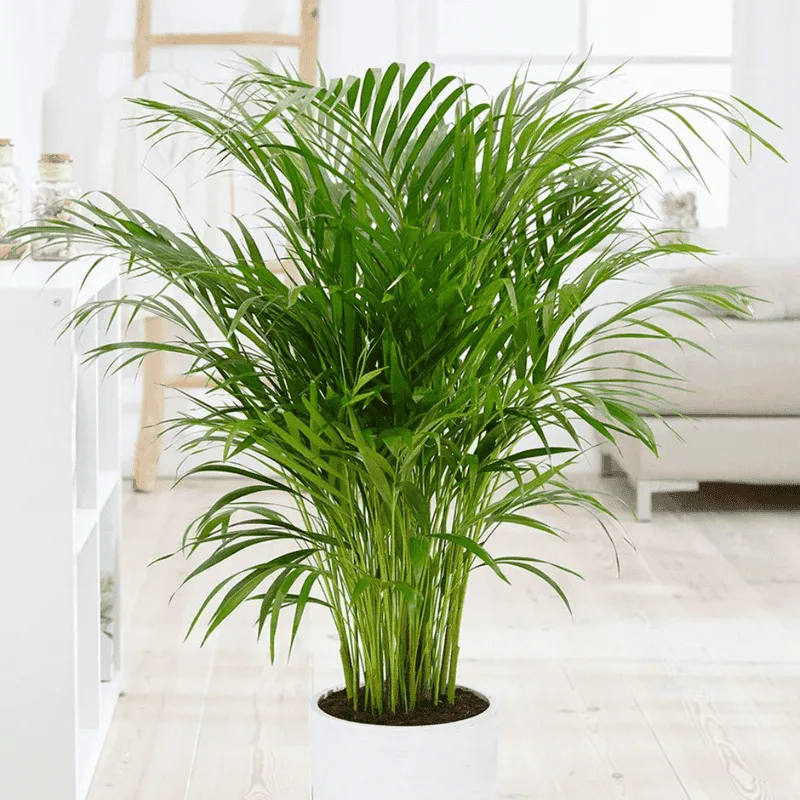
Also known as the reed palm, this plant excels in removing formaldehyde and benzene from indoor air. It thrives in low light and prefers moist soil, making it ideal for less sunny areas. Bamboo palms grow tall, adding vertical interest to interiors. They are non-toxic and safe for pets, enhancing their appeal. Regular watering and occasional misting keep them healthy. Their graceful appearance complements modern and traditional decor alike. While they require some care, the improved air quality and aesthetic appeal they offer are substantial. Place them in corners for visual balance.
Chinese Evergreen
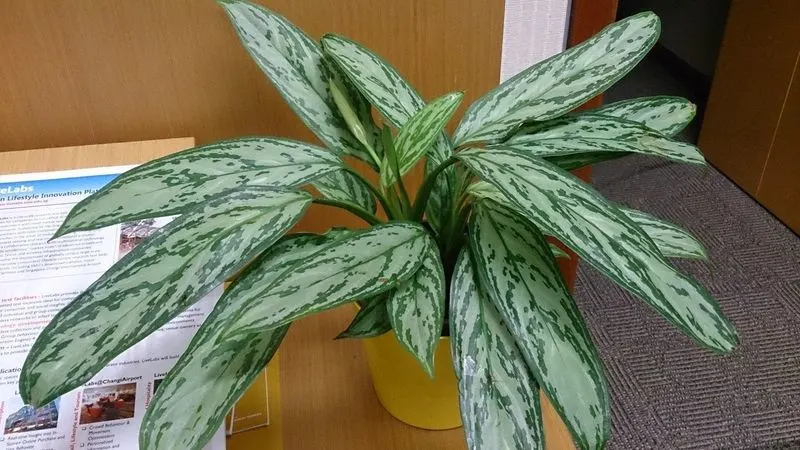
This adaptable plant is known for its striking foliage and ability to remove toxins such as formaldehyde. It thrives in low-light environments and requires minimal watering. Chinese evergreens are perfect for adding greenery to dimly lit spaces. Their variegated leaves bring a splash of color without needing direct sunlight. These plants are pet-friendly, providing peace of mind for households with animals. Regular dusting of leaves enhances their growth and appearance. Their durability and air-purifying properties make them a favorite for novice and experienced gardeners alike.
Weeping Fig

This elegant tree is effective at removing common household toxins like formaldehyde and benzene. It prefers bright, indirect light and consistent watering. Weeping figs can grow quite large, providing a dramatic focal point in spacious rooms. Their arching branches and glossy leaves add a touch of sophistication. Regular pruning helps maintain their shape and encourages healthier growth. While they require more attention than some houseplants, their beauty and air-cleaning capabilities are unrivaled. Ensure they are placed in a stable environment, as they don’t handle changes well.
Philodendron

Celebrated for its lush foliage, this plant is adept at filtering formaldehyde from indoor air. It thrives in indirect sunlight and needs moderate watering. Philodendrons are known for their heart-shaped leaves, bringing a touch of nature indoors. They are relatively easy to care for, making them suitable for beginners. Regular pruning encourages bushier growth, enhancing their decorative appeal. These plants are not pet-friendly, so caution is advised. Despite this, their ability to purify air and their attractive appearance make them a popular choice for many households.
Dracaena

Known for its striking, sword-like leaves, this plant effectively removes toxins such as formaldehyde and xylene. It thrives in bright, indirect light and prefers evenly moist soil. Dracaenas add a modern touch to interiors with their bold, upright form. They are relatively easy to maintain, requiring occasional pruning to keep their shape. While not safe for pets, their dramatic appearance and air-cleansing abilities make them a compelling choice. Regular dusting of leaves helps them thrive. Place them in living rooms or offices for a stylish and healthy atmosphere.
Golden Pothos
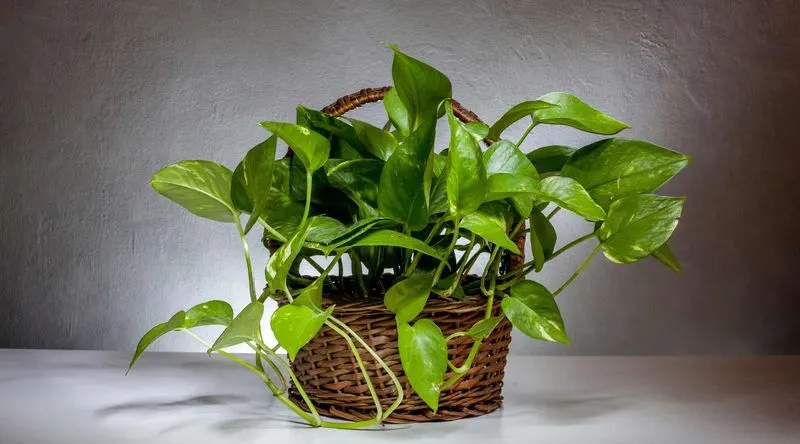
Famed for its resilience and trailing vines, this plant is excellent at removing pollutants like formaldehyde. It thrives in various lighting conditions, from low to bright indirect. Golden pothos requires minimal care, making it ideal for busy lifestyles. Its heart-shaped leaves add a natural touch to any decor. While it’s toxic to pets, its sturdy nature and air-purifying properties make it a favorite among plant enthusiasts. Regular pruning encourages fuller growth and prevents legginess. It’s a versatile choice for hanging baskets or shelves, adding greenery to your home.
Chrysanthemum
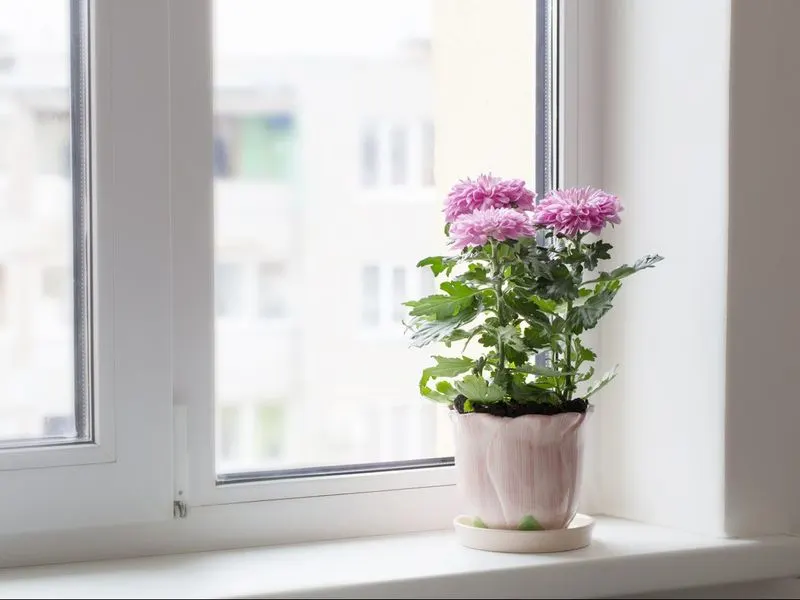
Renowned for its colorful blooms, this plant also purifies the air by removing ammonia, benzene, and formaldehyde. It requires bright, indirect sunlight and well-drained soil. Chrysanthemums add seasonal color to interiors, making them popular for decoration. Regular watering and deadheading promote new blooms. While they demand more care than some houseplants, their beauty is unmatched. These flowers are not safe for pets, so caution is advised. Despite this, their ability to enhance air quality and their vibrant appearance make them a delightful addition to any home.
Ficus Tree
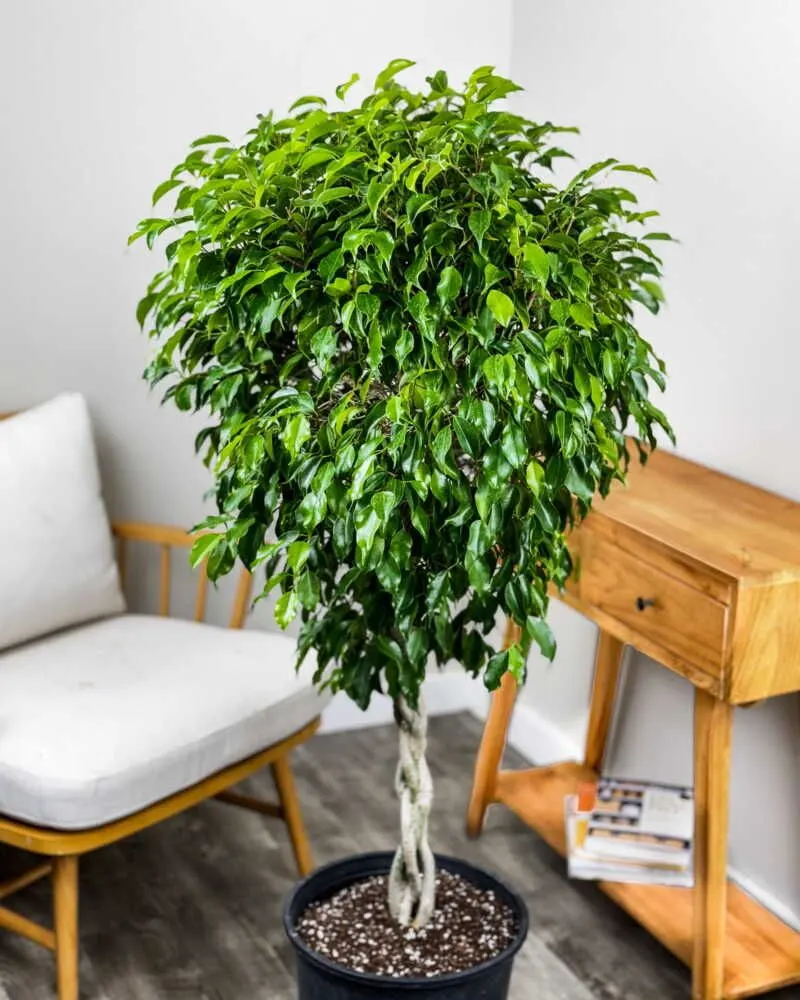
This popular plant is effective at reducing indoor air pollutants such as formaldehyde and trichloroethylene. It thrives in bright, indirect light and requires regular watering. Ficus trees can grow quite large, providing a bold statement in interior design. Their glossy leaves and sturdy trunks add elegance to any room. Regular pruning helps maintain their shape and encourages healthy growth. While they require consistent care, the aesthetic and air-purifying benefits they offer make them a worthwhile investment. Ensure they have adequate support as they grow to prevent tipping.
Areca Palm
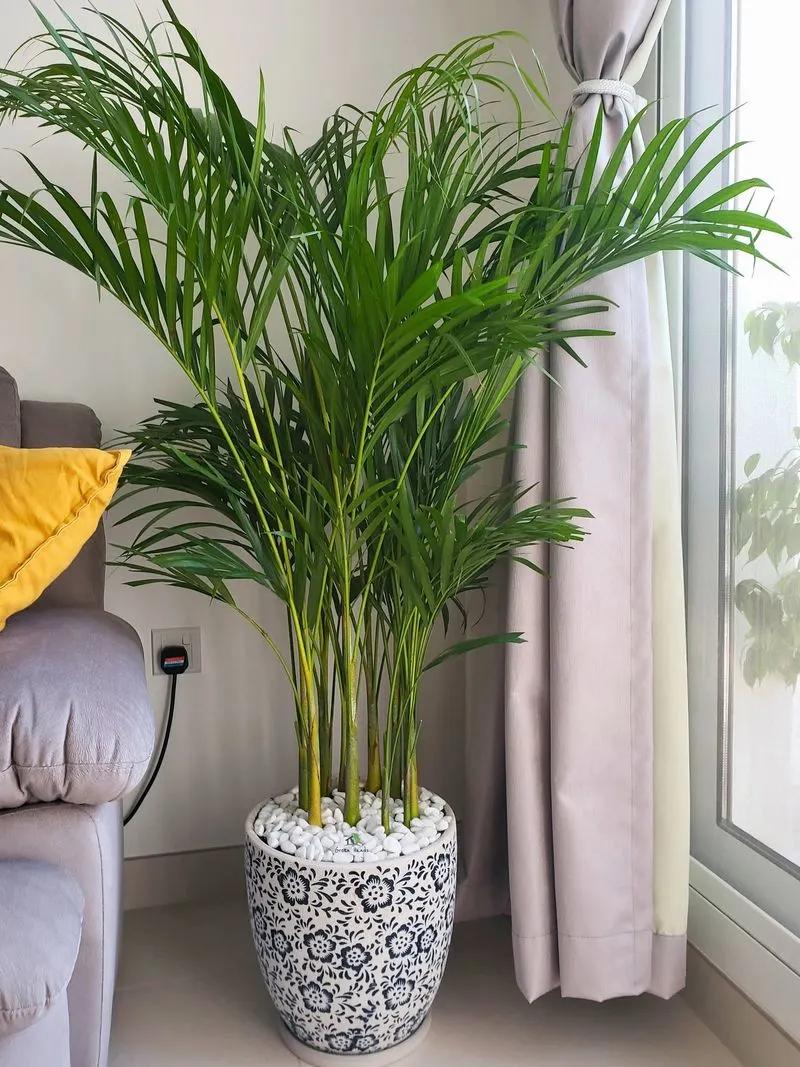
Also known as butterfly palm, this plant excels at humidifying and purifying the air. It thrives in bright, indirect light and prefers moist soil. Areca palms are known for their feathery fronds, adding a tropical feel to interiors. They are non-toxic, making them safe for pets and children. Regular watering and occasional misting keep them healthy and vibrant. Their elegant appearance complements both modern and classic decor styles. While they demand some care, the improved air quality and aesthetic value they offer are significant. Place them in spacious areas for maximum impact.
Lemon Balm
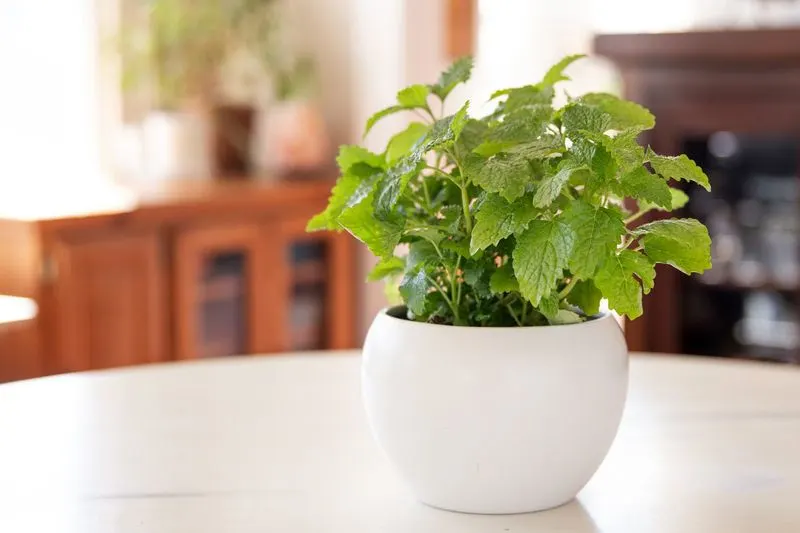
Not only does this herb emit a refreshing citrus scent, it also purifies the air by removing airborne bacteria. Lemon balm thrives in well-drained soil and prefers partial sunlight. Its leaves can be used for teas or cooking, adding culinary versatility. This plant brings a fresh, lively element to kitchens or patios. Regular pruning encourages bushier growth and leaf production. While not commonly known for air purification, its aromatic and practical uses make it a unique addition to any home. It’s safe for pets, enhancing its appeal as a household plant.
ZZ Plant
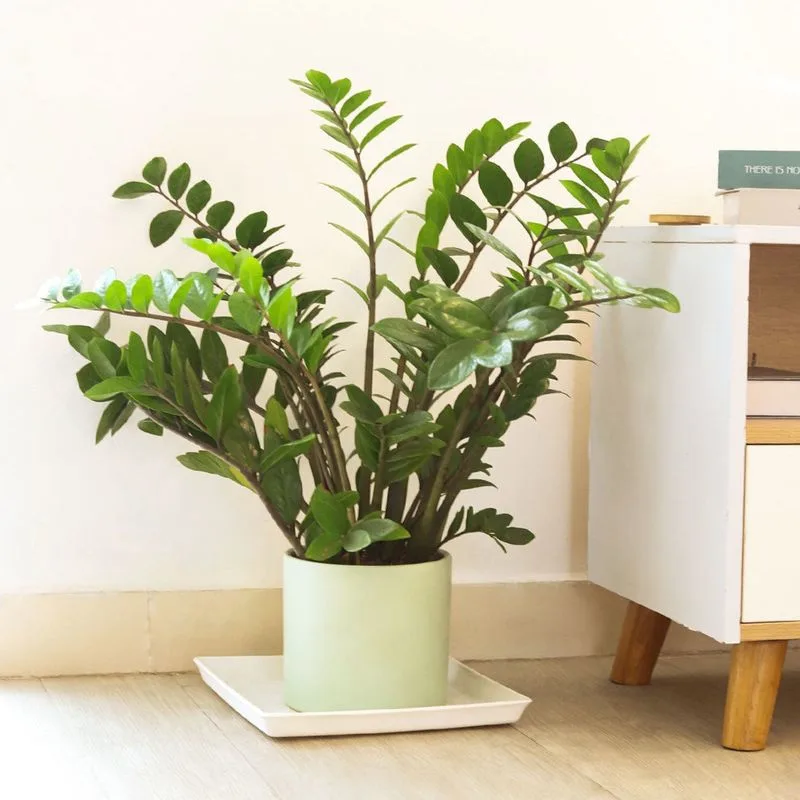
Celebrated for its attractive, waxy leaves, this plant is also a robust air purifier, removing toxins like xylene and toluene. It thrives in low-light conditions and requires minimal watering. ZZ plants are perfect for those who lack a green thumb, as they are incredibly forgiving. Their sleek appearance fits well in modern decor, adding a touch of elegance without demanding attention. While they are toxic to pets, their hardy nature and air-cleansing properties make them a popular choice. Regular dusting of leaves maintains their shine. It’s a stylish option for any room.

